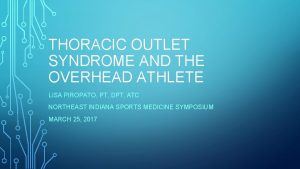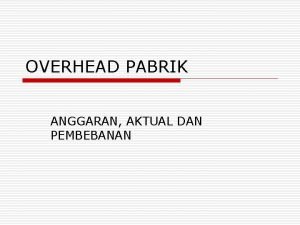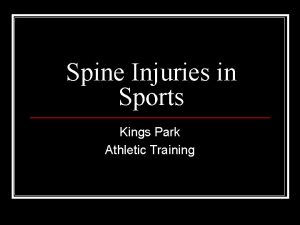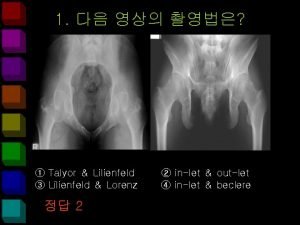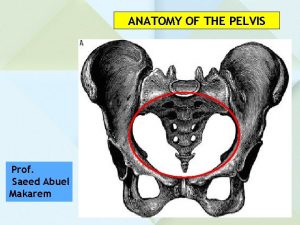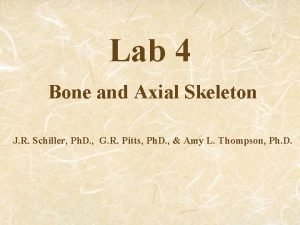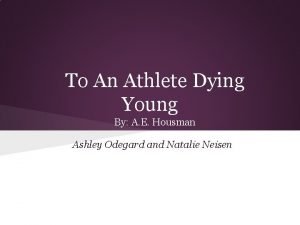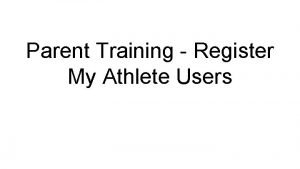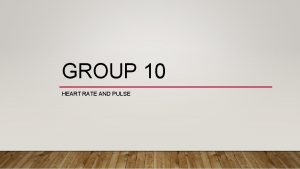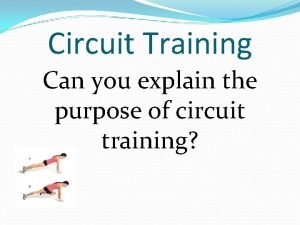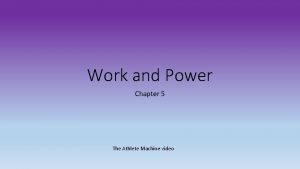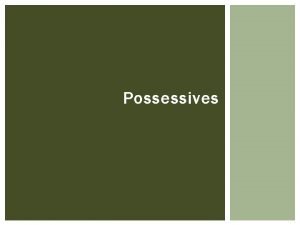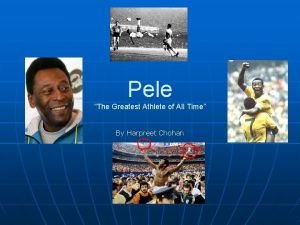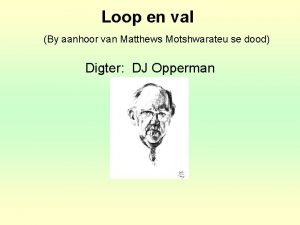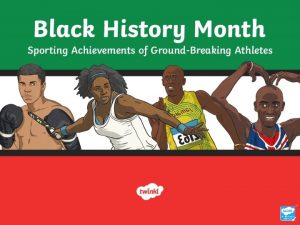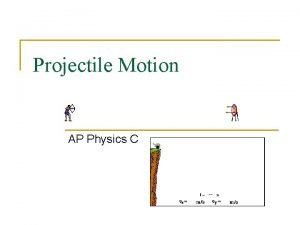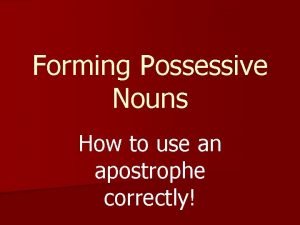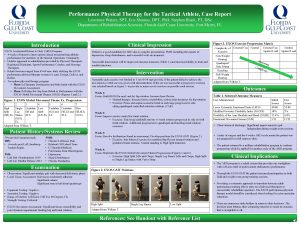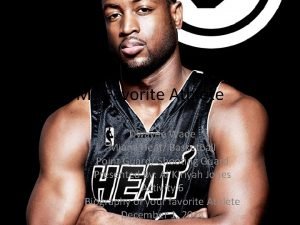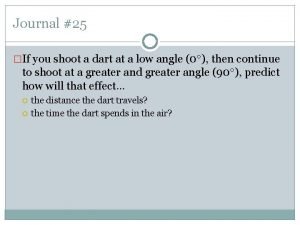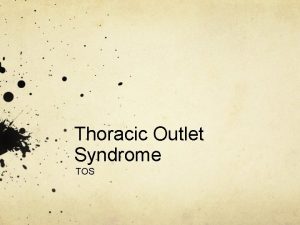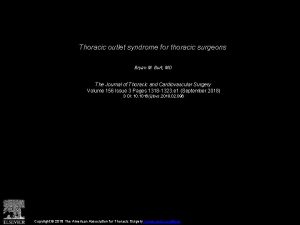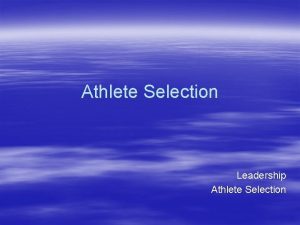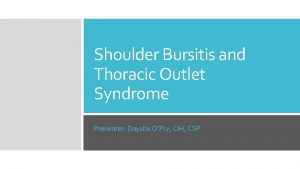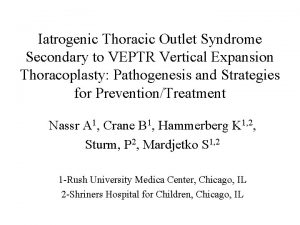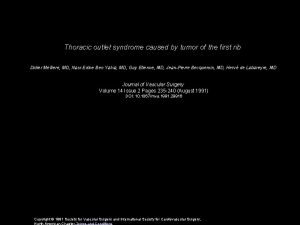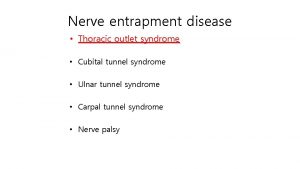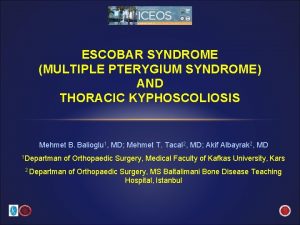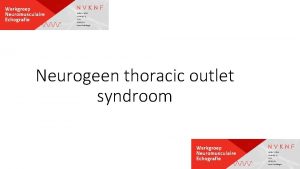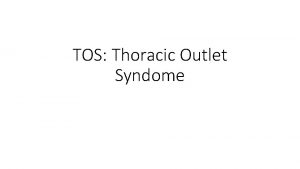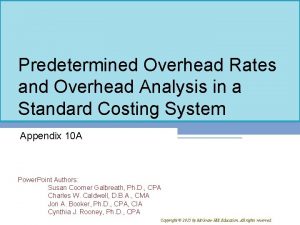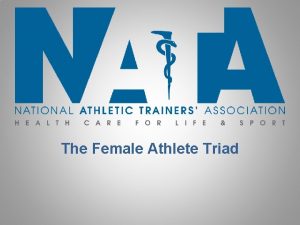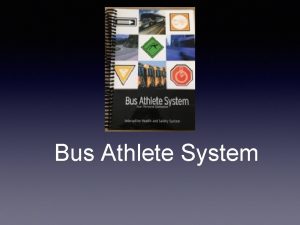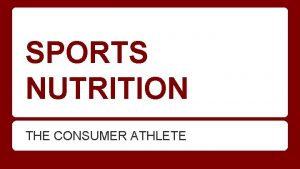THORACIC OUTLET SYNDROME AND THE OVERHEAD ATHLETE LISA































- Slides: 31

THORACIC OUTLET SYNDROME AND THE OVERHEAD ATHLETE LISA PIROPATO, PT, DPT, ATC NORTHEAST INDIANA SPORTS MEDICINE SYMPOSIUM MARCH 25, 2017

LEARNING OBJECTIVES • Explain the etiologies of thoracic outlet syndrome. • Differentiate between the types of vascular and neurologic thoracic outlet syndrome. • Identify effective treatment and management strategies incorporating muscle strengthening and neuromuscular control of the upper extremity for patients presenting with thoracic outlet symptoms. • Recommend a return to activity program for overhead athletes following conservative or non-conservative treatment

WHAT IS THORACIC OUTLET SYNDROME (TOS)? • Term outlines the location without defining what comprises the problem • Compression of the neurovascular structures in the interscalene triangle • Subcategorized as arterial or venous and neurogenic • NTOS subcategorized into true or disputed • True: condition with objective diagnostic findings • Disputed: condition without objective findings • 90% of all cases are NTOS, <1% arterial, 3 -5% venous • Combined TOS: vascular and neurological structures involvement

PATHOANATOMY • 3 confined spaces from cervical spine to lower pec minor muscles 1. Interscalene triangle 2. Costoclavicular space 3. Thoraco-coracopectoral (retropectoralis minor) space

BONY CAUSES • Cervical ribs <1% of general population • Abnormal 1 st rib or clavicle • Exotosis, tumor, callus, fracture • Clavicle fracture – malunion, fragmentation, retrosternal dislocation • Normal movement is essential – ACJ & SCJ

SOFT TISSUE CAUSES • Abnormalities may create compression or tension of the neurovascular structures • Congenital abnormalities with anatomic variation of scalene muscles

Arterial Venous True Neurogenic Disputed Neurogenic Young adults Hx of vigorous arm activity or spontaneous Younger men Preceded by excessive activity in the arm or spontaneous History of neck trauma MVA or repetitive stress at work Pain in hand Seldom in shld/neck Edema of the arm Pain, paresthesia, numbness &/or weakness in hand/arm/shld (C 8 -T 1) Pallor Claudication Coldness and cold intolerance Cyanosis Feeling of heaviness Occipital HA’s Cold intolerance – Raynaud phenomenon Parasthesias Sxs spontaneously stem from aa emboli Parasthesias in fingers and hand (secondary to edema) Paresthesias, numbness during the day and at night “compressors”= sxs day > noc Loss of dexterity Paresthesias, numbness during the day and at night “releasers”= sxs noc > day Loss of dexterity Diagnosis by history and cluster of 2 provocation tests (+) and almost always (+) elevated arm stress test Objectified weakness &/or sensory = “true” Diagnosis by history and cluster of 2 provocation tests (+) and almost always (+) elevated arm stress test Subjective weakness &/or sensory = “true” Diagnosis confirmed through doppler US and angiography in seated position Diagnosis confirmed through venous US, venous scintillation scans, venography and Diagnosis confirmed through (+) neurophysiological testing No confirmation through objective testing neurophysiological testing are

CLINICAL EXAMINATION NEUROGENIC TOS

SYMPTOMS • Radicular vs. non radicular • Paresthesia in upper limb • Neck pain • Trapezius pain • Shoulder and/or arm pain • Supraclavicular pain • Chest pain • Occipital headache • Paresthesias of all 5 fingers or 4/5 only or 1 -3 only

PRESENTATION • Rounded shoulders • Forward head • Increased thoracic kyphosis • Anterior tilt/downward rotn/depression scapulae INCREASES TENSION LOADING OF THE BRACHIAL PLEXUS

CLINICAL TESTING • Roos/elevated arm stress • Supraclavicular pressure test • Adson’s test • Costoclavicular maneuver/ Military Brace • Wright’s test/ hyperabduction test • Cyriax release test • Upper limb neural tension test**

DIAGNOSTIC TESTING • Venous TOS • Venous US • Venous scintillation scans • Venography • Plethysmography • Arterial TOS • Doppler US • Angiography • True NTOS • Nerve conduction velocities • Electromyography

MANAGEMENT SURGICAL

ARTERIAL TOS • Goal: decompression of structures compression subclavian artery, repair artery, and restore distal blood flow • Thrombolytic therapy or thrombolectomy for acute ischemia • Distal bypass grafting or formal arterial reconstruction for chronic symptoms

VENOUS TOS • Thrombolytic therapy is 1 st line to dissolve acute thrombosis • Angioplasty to decompress venous stenosis • If unsuccessful • Vein patch angioplasty or venous bypass in order to restore normal circulation

NTOS: SURGICAL DECOMPRESSION • Goal: relieve mechanical load on neurovascular structures • Resection of 1 st rib, cervical ribs • Anterior and middle scalenectomies • Performed for those with true neurological symptoms • • • Weakness Wasting of hand intrinsic muscles NCV less than 60 m/sec (norm: 85 m/sec) • Fail conservative therapy

MANAGEMENT NONSURGICAL/CONSERVATIVE

DISCLAIMER: WE CAN MAKE THESE PATIENTS WORSE IF NOT MANAGED CORRECTLY!!!!!!

CONSERVATIVE • Poor outcomes associated with obesity, worker’s compensation, and double crush pathology (cubital or carpal tunnel) • Focus of treatment: SYMPTOM REDUCTION • NSAIDs – reduce pain and inflammation • Botox injection – anterior and middle scalenes

PT MANAGEMENT • Restore normal arthrokinematics of surrounding joints • • 1 st rib mobility SC and AC joints • Correcting related muscle weaknesses and imbalances • • • Diaphragmatic breathing Scalene muscles Pectoralis major and minor Posture All therapeutic exercises should focus on muscle endurance rather than strength

PT MANAGEMENT • Improve nerve mobility to decrease tension on brachial plexus • • Neural mobilizations Emphasize proximally with 1 st rib inferior mobilizations All mobilizations should be pain free Start at 20 repetitions and increase up to 100 repetitions as tolerated for 12 x/day • Unloading tape • Sleep adjustments

REHAB EXERCISES • Multi angle isometrics • Prone row • Prone extension • Rhythmic stabilization • Weight bearing • Elevation in scapular plane • Thoracic extension and rotation • Neural flossing/mobilizations • Deep cervical flexion • Core activation

APPLICATION TO OVERHEAD ATHLETE

“ONE OF THE MOST DIFFICULT UPPER LIMB CONDITIONS TO MANAGE” WATSON 3

CONSIDERATIONS • TOS: pain, paresthesia, weakness, & discomfort in UE aggravated by elevation of the arms or movement of head/neck • Repeated overuse in the overhead position • GH instability • “Double crush” – proximal compression could cause compression at distal sites along the nerve

ROM PROGRESSION • Scapular position in lower ranges (<30 deg ABD) • 45 -90 deg ABD • Flexion control – use of serratus anterior without pec minor recruitment concentrically and eccentrically • >90 deg ABD

SPECIAL PRECAUTIONS • Do not OVER retract – may create a relative entrapment of retro pectoralis minor space • Careful with ER since may provoke neurological symptoms • • Add once patients have sufficient scapular control May be too aggressive for some patients

RETURN TO SPORT 5 • • • High physical performance demands Pressure to return to previous level of performance Timeframes NTOS • • • Successful conservative approach • • • 11 months out of sport prior to surgery 4. 4 months full return following surgery shorter duration of symptoms prior to beginning PT (3 months vs. 15 months) Lower quick DASH baseline score 81. 5% successfully return to full activity

SWIMMING 6 • Different complaints from classic swimmer's shoulder (MDI/impingment) • No GH instability • Pain both anterior and posterior to clavicle • Radicular symptoms • Inability to keep fingers together to control hand movement during the pull-through phase

THROWING 7 • Trouble with grabbing, holding, and throwing ball due to loss of intrinsic muscle strength of hand • Career-threatening • Study showed postop pitching performance largely equivalent to before tx • Gradual recovery is crucial (~1 year postop for MLB pitchers)

REFERENCES 1. Hooper TL, et al. Thoracic outlet syndrome: a controversial clinical condition. Part 1: anatomy, and clinical examination/diagnosis. J Manip Ther. 2010; 18(2): 74 -83. 2. Hooper TL, et al. Thoracic outlet syndrome: a controversial clinical condition. Part 2: non-surgical and surgical management. J Manip Ther. 2010; 18(3): 132 -8. 3. Watson LA, et al. Thoracic outlet part 1: clinical manifestations, differentiation and treatment pathways. Man Ther. 2009; 14: 586 -595. 4. Watson LA, et al. Thoracic outlet part 2: conservative management of thoracic outlet. Man Ther. 2010; 15(4): 305 -14. 5. Chandra V, Little C, Lee JT. Thoracic outlet syndrome in high-performance athletes. J Vasc Surg. 2014; 60(4): 1012 -7. 6. 7. Richardson AB. Thoracic outlet syndrome in aquatic athletes. Clin Sports Med. 1999; 18(2): 361 -78. Thompson RW, et al. Performance metrics in professional baseball pitchers before and after surgical treatement for neurogenic thoracic outlet syndrome. Ann Vasc Surg. 2016.
 Thoracic outlet wedge pillow
Thoracic outlet wedge pillow Neurogeen thoracic outlet syndroom
Neurogeen thoracic outlet syndroom Biaya overhead aktual adalah
Biaya overhead aktual adalah Back pain kings park
Back pain kings park Pelvic inlet and outlet
Pelvic inlet and outlet Pelvis origin
Pelvis origin Thoracic cavity and abdominal cavity
Thoracic cavity and abdominal cavity Thoracic cavity and abdominal cavity
Thoracic cavity and abdominal cavity Dorsal cavity
Dorsal cavity Lumbar vertebrae characteristics
Lumbar vertebrae characteristics The time you won your town the race
The time you won your town the race Register my athlete login
Register my athlete login Pulse
Pulse Average resting heart rate for men
Average resting heart rate for men The athlete machine
The athlete machine Athlete possessive form
Athlete possessive form Pelergo
Pelergo Matthews motshwarateu
Matthews motshwarateu Which athlete has the most olympic gold medals
Which athlete has the most olympic gold medals Athlete's circle of care definition
Athlete's circle of care definition An athlete throws a javelin to a maximum distance of 80m
An athlete throws a javelin to a maximum distance of 80m Possessive n
Possessive n Mentally spiritually physically emotionally
Mentally spiritually physically emotionally Athlete marketing plan
Athlete marketing plan Entertain suffix
Entertain suffix Non narrative poetry
Non narrative poetry Tactical athlete physical therapy
Tactical athlete physical therapy What is the reaction of head bumps ball
What is the reaction of head bumps ball My favorite athlete is
My favorite athlete is The path of the projectile is called
The path of the projectile is called Olympic athlete
Olympic athlete Communicable and noncommunicable diseases venn diagram
Communicable and noncommunicable diseases venn diagram

